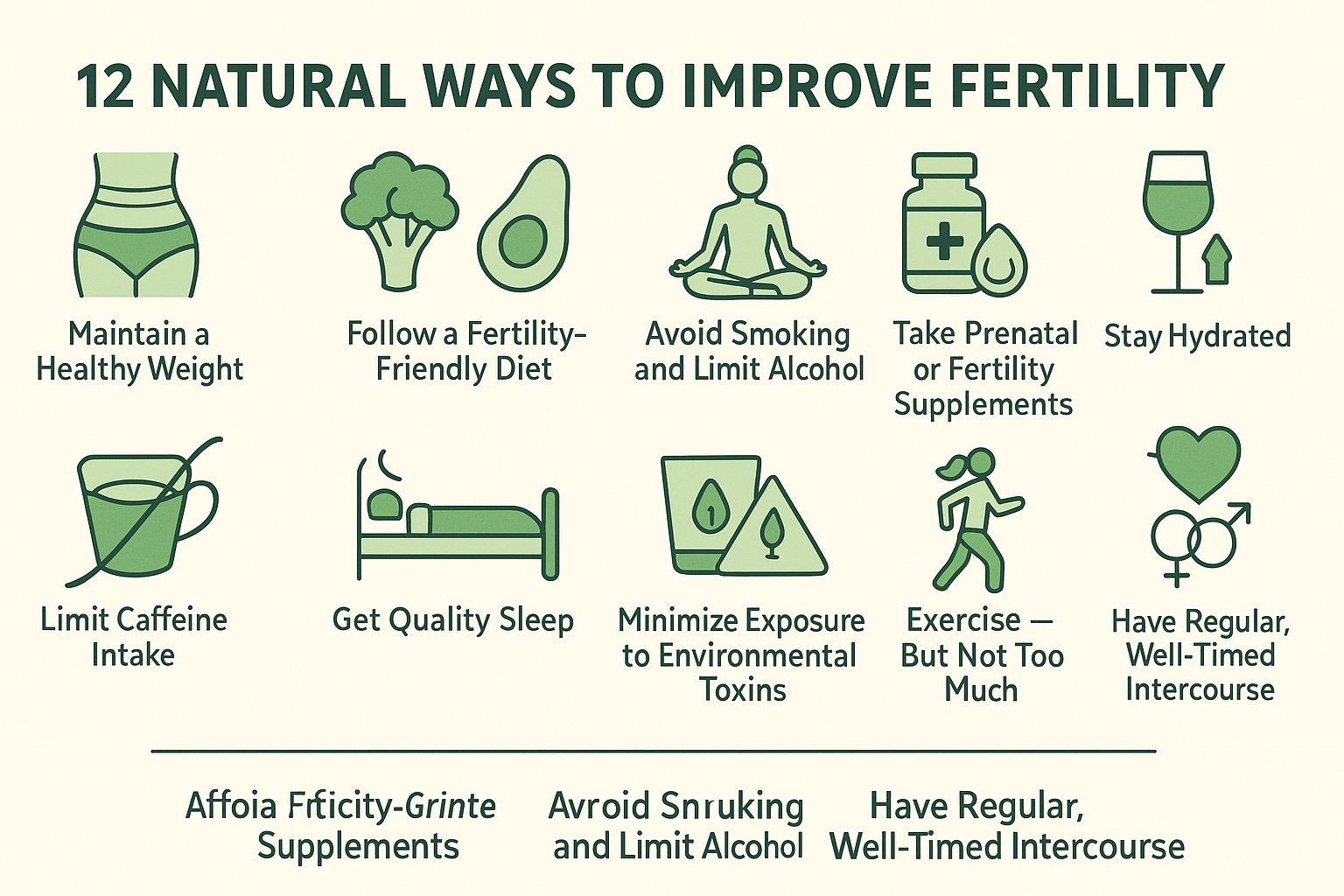Pregnancy isn’t the time to stop moving—it’s the time to move smart! Walking, prenatal yoga, and light strength training can keep you strong, happy, and ready for labor.
Why is maternity health important during pregnancy?
Pregnancy is a beautiful journey, but it comes with major physical and emotional changes. Maintaining good maternity health ensures the well-being of both mother and baby. Proper nutrition, regular check-ups, mental wellness, and safe exercises are key to a healthy pregnancy and smooth delivery.
Is it safe to exercise during pregnancy?
Yes, in most cases, exercise during pregnancy is safe and highly recommended. It helps:
- Improve mood and energy levels
- Manage weight gain
- Reduce back pain and swelling
- Prepare the body for labor
However, always consult your doctor before starting any exercise, especially if you have medical conditions like high blood pressure, placenta previa, or risk of preterm labor.
What are the best exercises for pregnant women?
The safest and most effective exercises during pregnancy are low-impact activities that strengthen muscles and improve flexibility.
Top Pregnancy-Friendly Exercises:
- Walking – Keeps you active without straining joints
- Swimming – Reduces swelling and improves circulation
- Prenatal Yoga – Relieves stress and improves flexibility
- Stationary Cycling – Safe cardio workout
- Pelvic Floor Exercises (Kegels) – Strengthens muscles for easier labor
- Light Strength Training – Maintains muscle tone using light weights
What exercises should you avoid during pregnancy?
- High-impact sports like running, jumping, or contact sports
- Exercises that involve lying flat on your back after the first trimester
- Heavy lifting or intense abdominal exercises
- Hot yoga or activities in high temperatures
How often should pregnant women exercise?
The American College of Obstetricians and Gynecologists (ACOG) recommends:
- 150 minutes of moderate exercise per week
- Spread across 20–30 minutes daily, 5 times a week
Listen to your body. If you feel pain, dizziness, or shortness of breath, stop immediately and consult your doctor.
What are the benefits of exercise during pregnancy?
- Easier labor and delivery
- Better posture and reduced back pain
- Improved circulation and digestion
- Lower risk of gestational diabetes and preeclampsia
- Faster post-delivery recovery
Are there any safety tips for exercising while pregnant?
- Warm up and cool down before and after workouts
- Stay hydrated and avoid overheating
- Wear comfortable clothing and supportive shoes
- Avoid exercises with a risk of falling
- Stop immediately if you feel pain, dizziness, or bleeding
Frequently Asked Questions (FAQs)
1. Can I start exercising if I’ve never worked out before?
Yes, but start with light activities like walking or prenatal yoga, and progress gradually after consulting your doctor.
2. Can exercise harm my baby?
No, safe and moderate exercises are beneficial for both mom and baby. Overexertion or unsafe activities should be avoided.
3. When should I stop exercising during pregnancy?
If you experience chest pain, dizziness, vaginal bleeding, or severe cramping, stop immediately and consult your doctor.
4. Is yoga safe during pregnancy?
Yes, prenatal yoga is safe and recommended. Avoid poses that involve lying on your back or twisting your abdomen.
5. Can I do weight training during pregnancy?
Light weight training is safe if done correctly. Avoid heavy lifting and exercises that strain your abdomen.
✅ Regular exercise and good maternity care lead to a healthier, happier pregnancy. Always check with your healthcare provider before starting or continuing any fitness routine.
✅
Trimester-Wise Weekly Exercise Plan for Pregnancy
First Trimester (Weeks 1–12)
Goal: Build stamina, improve circulation, and reduce early pregnancy fatigue.
Weekly Schedule
Day 1 – Walking (20 mins)
Light to moderate pace, avoid overexertion.
Day 2 – Prenatal Yoga (15–20 mins)
Focus on breathing and gentle stretches.
Day 3 – Strength Training (15 mins)
- Wall push-ups (10 reps × 2 sets)
- Light dumbbell bicep curls (1–2 kg weights)
- Pelvic tilts (10 reps)
Day 4 – Rest or Gentle Stretching
Day 5 – Walking (20 mins)
Day 6 – Prenatal Yoga (20 mins)
- Cat-Cow stretch
- Child’s pose (with knee support)
Day 7 – Rest
Second Trimester (Weeks 13–28)
Goal: Maintain flexibility, prevent back pain, strengthen pelvic floor muscles.
Weekly Schedule
Day 1 – Walking (25 mins)
Day 2 – Prenatal Yoga (20 mins)
- Butterfly stretch
- Side-lying stretch
- Hip circles
Day 3 – Strength Training (15–20 mins)
- Seated shoulder press (light weights)
- Squats (10 reps × 2 sets, using chair for support)
- Kegel exercises (10 reps × 3 sets)
Day 4 – Rest or Light Stretching
Day 5 – Swimming or Stationary Cycling (20 mins)
Day 6 – Prenatal Yoga + Breathing (20 mins)
Focus on relaxation and pelvic opening poses.
Day 7 – Rest
Third Trimester (Weeks 29–40)
Goal: Prepare for labor, reduce swelling, and improve comfort.
Weekly Schedule
Day 1 – Walking (15–20 mins)
Shorter duration, slower pace if needed.
Day 2 – Prenatal Yoga (20 mins)
- Squat holds (supported by wall or chair)
- Pelvic tilts
- Side-lying stretches
Day 3 – Strength & Stability (10–15 mins)
- Wall push-ups
- Light arm exercises
- Kegels (3 sets of 10 reps)
Day 4 – Rest or Gentle Stretching
Day 5 – Walking or Swimming (15 mins)
Day 6 – Relaxation & Breathing (15 mins)
Practice deep breathing for labor preparation.
Day 7 – Rest
✅
Important Safety Tips:
✔ Avoid exercises lying flat on your back after the first trimester.
✔ Stay hydrated and avoid overheating.
✔ Use supportive footwear and workout gear.
✔ Stop immediately if you experience pain, dizziness, or bleeding.




